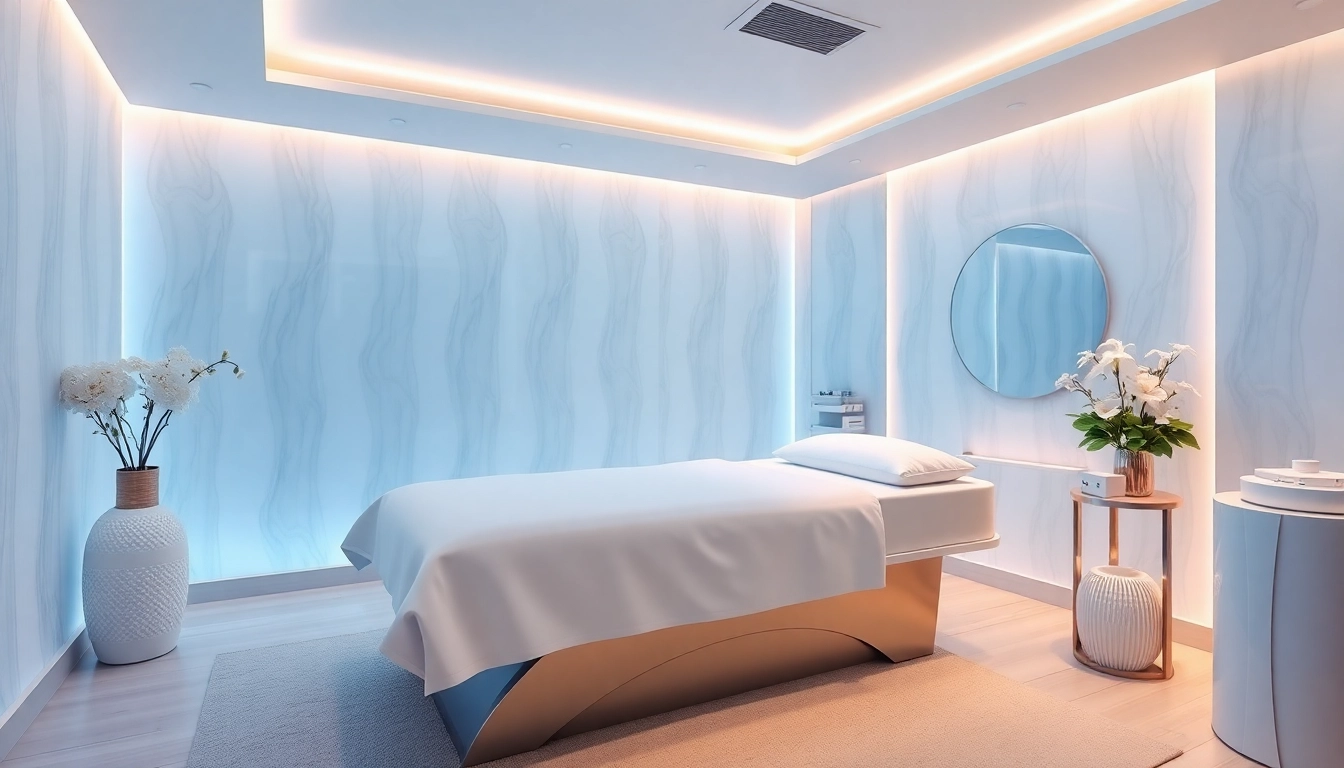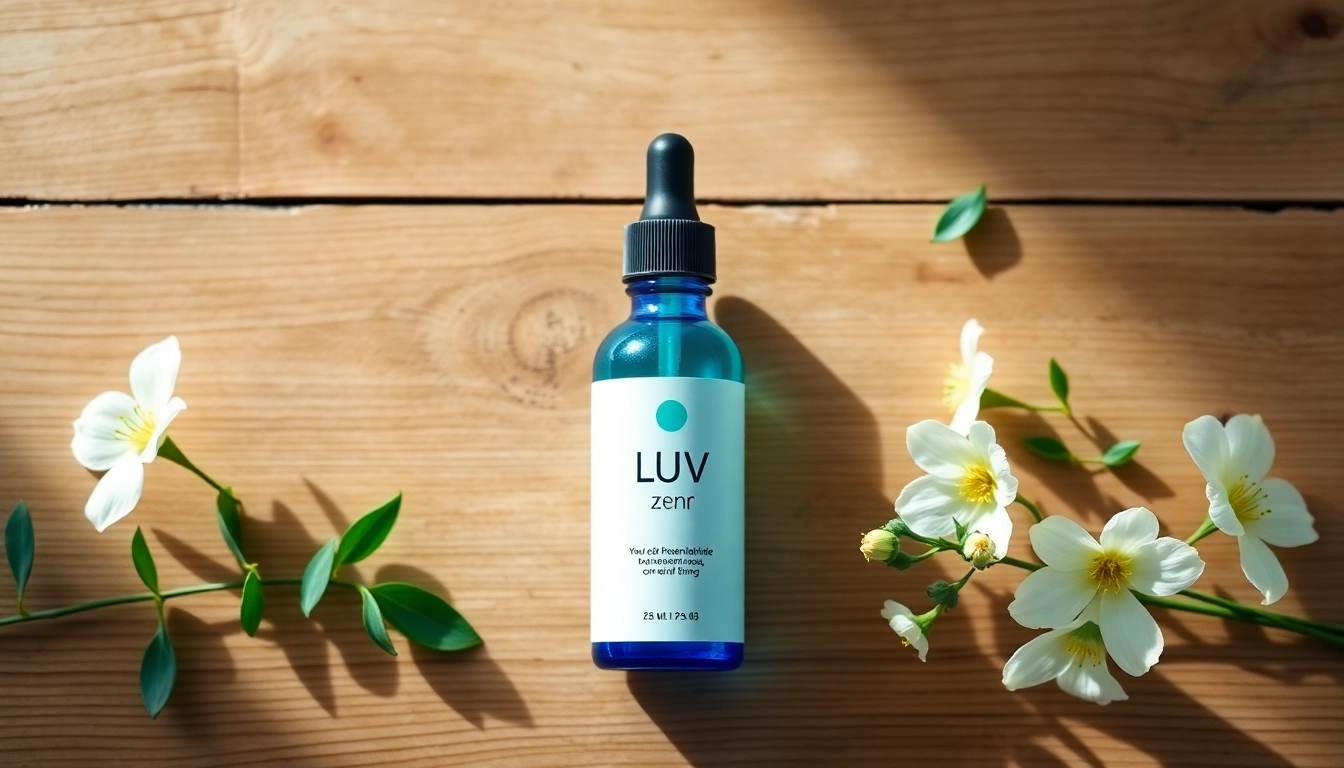Understanding Fat Reduction Options
As people increasingly seek effective ways to achieve their ideal bodies, the conversation around fat reduction has gained significant traction. Whether it’s through diet, exercise, or innovative medical procedures, understanding the different fat reduction options available is crucial. Many individuals turn to fat reduction techniques when traditional methods have not yielded the desired results. This comprehensive guide explores the spectrum of fat reduction options, focusing primarily on non-surgical methods.
Types of Non-Surgical Fat Reduction Procedures
Non-surgical fat reduction has become a popular choice for those looking to eliminate stubborn fat deposits without the need for invasive surgery. Here are some of the most prominent techniques available:
- Cryolipolysis: Often referred to by the brand name CoolSculpting, this technique utilizes cold temperatures to freeze and destroy fat cells. The process is designed to target specific areas of the body, making it a popular choice for treating love handles, abdomen, and thighs.
- Radiofrequency Lipolysis: This method uses heat from radiofrequency energy to target and destroy fat cells. It’s effective for skin tightening as well, making it a dual-action approach.
- Laser Lipolysis: Utilizing laser technology, this method breaks down fat cells using focused light energy. It’s often touted for its precision and minimal recovery time, allowing patients to resume normal activities shortly after treatment.
- Injection Lipolysis: Injections containing phosphatidylcholine and deoxycholic acid are used to dissolve fat cells in specific areas, such as the chin or abdomen. Kybella is a common treatment using this method.
Benefits of Non-Invasive Methods for Fat Reduction
Non-invasive methods for fat reduction come with a variety of benefits that make them appealing to many individuals looking to sculpt their bodies. Key advantages include:
- Reduced Recovery Time: Since these procedures are non-surgical, downtime is typically minimal, allowing patients to return to their everyday lives quickly.
- Minimal Discomfort: Many patients report little to no pain during these procedures. Cooling or heating sensations are often well tolerated.
- No Scars: Unlike surgical options, non-invasive techniques do not require incisions, greatly reducing the risk of scarring.
- Targeted Treatment: These procedures allow for precision targeting of specific fat pockets while preserving surrounding tissue.
Ideal Candidates for Fat Reduction Treatments
Understanding who might benefit from non-surgical fat reduction treatments is essential. Ideal candidates typically include:
- Individuals within 30% of their ideal body weight, as these treatments are most effective for spot-reduction.
- People with good skin elasticity, allowing for optimal results post-treatment.
- Those seeking to treat localized pockets of fat that haven’t responded to diet and exercise.
- Individuals in generally good health without serious medical conditions that could complicate treatment.
The Science Behind Fat Reduction Technologies
The effectiveness of non-surgical fat reduction technologies lies in their scientific basis. Each technique targets fat cells in unique ways, contributing to body contouring without the need for invasive surgery.
Cryolipolysis Explained: How Fat Freezing Works
Cryolipolysis is rooted in the principle that fat cells are more susceptible to cold temperatures than other surrounding tissues. The procedure involves applying a specialized device to the skin, where fatty tissues are pulled into the applicator and cooled to freezing temperatures. This process crystallizes fat cells, leading them to undergo apoptosis, or natural cell death. Studies show that the body then metabolizes these dead fat cells over time, leading to a noticeable reduction in fat in the treated areas.
Radiofrequency Lipolysis: Mechanisms of Action
Radiofrequency (RF) lipolysis utilizes non-ionizing electromagnetic radiation to generate heat within the fat tissue. The heating causes fat cells to rupture while also stimulating collagen production, which enhances skin tightness. As the energy penetrates deeper layers of the skin, unwanted fat can be reduced while promoting a smoother overall appearance.
Laser Lipolysis: The Advantages and Limitations
Laser lipolysis, such as SculpSure, employs specific wavelengths of light energy to target fat cells. The procedure is performed with a laser device that is applied to the skin’s surface. One advantage of this technique is its precision; lasers can target localized areas with great accuracy while minimizing damage to surrounding tissues. However, laser lipolysis may not yield as significant fat loss as traditional liposuction, making it suitable primarily for smaller areas.
Comparative Costs of Fat Reduction Treatments
Cost plays a significant role in the decision-making process for many patients considering fat reduction options. Understanding the financial aspects is crucial for planning effectively.
How to Budget for Fat Reduction Procedures
The costs associated with non-surgical fat reduction treatments can vary widely based on a range of factors including the treatment type, provider experience, and geographic location. On average:
- Cryolipolysis
- Radiofrequency Lipolysis: This treatment’s cost ranges similarly, averaging about $1,500-$3,000 for comprehensive body contouring.
- Laser Lipolysis: Each session averages $1,500, with multiple sessions often required for optimal results.
Costs vs. Benefits: Is Non-Surgical Fat Reduction Worth It?
While the upfront costs of non-surgical fat reduction procedures may seem high, it is essential to consider the overall benefits. These benefits include:
- Long-lasting results with proper diet and lifestyle maintenance.
- The absence of recovery time associated with surgical options, allowing for a quicker return to regular activities.
- Increased body confidence and satisfaction, which can have profound positive psychological effects.
Insurance Coverage and Financial Options
Most insurers do not cover non-surgical fat reduction treatments as they are generally considered cosmetic procedures. However, some clinics offer financing options or payment plans to make procedures more accessible. Researching provider options and verifying possible arrangements is vital for effective budgeting.
Preparing for Your Fat Reduction Treatment
Proper preparation can enhance the effectiveness of fat reduction treatments and ease the overall experience for patients. Below are critical steps to follow before undergoing treatment.
Consultation Checklist for Fat Reduction
Attending a pre-treatment consultation is vital for determining candidacy. This appointment will typically involve discussions about:
- Your medical history and any past surgical procedures.
- Your goals and expectations from the treatment.
- A thorough examination of the areas of concern and potential treatment options.
- Understanding the risks, benefits, and recovery associated with the procedure.
What to Expect Before, During, and After Treatment
Each fat reduction treatment involves specific procedures. Generally, expect:
- Before: Avoid anti-inflammatory medications for a week prior to treatment. Discuss any underlying health conditions with your provider.
- During: A typical session lasts about 30 minutes to an hour, depending on the area treated. You’ll feel cool or warm sensations during the procedure.
- After: Minor side effects may include redness, bruising, or swelling, but most patients are able to resume normal activities immediately.
Post-Treatment Care for Optimal Results
For the best results, follow post-treatment care guidelines provided by your medical professional. Tips include:
- Staying hydrated to facilitate the body’s metabolic processes for fat elimination.
- Avoiding rigorous exercise immediately after treatment, gradually increasing activity per provider recommendations.
- Scheduling follow-up appointments to monitor progress and discuss any concerns.
Success Stories and Testimonials
Real-life experiences can illustrate the effectiveness of non-surgical fat reduction treatments and offer inspiration to potential candidates.
Real Results: Before and After Fat Reduction
Many individuals report transformative results after undergoing fat reduction treatments. Success stories commonly highlight enhanced body confidence, improved self-image, and satisfaction with their appearance. Before-and-after photos often serve as compelling evidence of the procedures’ effectiveness, showcasing significant contour changes and fat loss in targeted areas.
Client Experiences: What People Are Saying
Feedback from clients who have undergone these procedures often includes:
- Quick, noticeable results that motivate positive lifestyle changes.
- Minimal discomfort and hassle-free recovery processes.
- Increased overall well-being and self-confidence.
Frequently Asked Questions about Fat Reduction
Here are some common questions and answers regarding fat reduction treatments:
- What is the best treatment for fat reduction? Non-surgical options such as cryolipolysis and radiofrequency lipolysis are effective for localized fat reduction.
- How quickly can I see results? Many patients start to see changes within weeks, with optimal results typically visible after a few months.
- Are fat reduction results permanent? While the fat cells treated typically don’t return, maintaining a healthy lifestyle post-treatment is crucial to sustaining results.
In conclusion, non-surgical fat reduction methods provide an accessible solution for many individuals seeking body contouring without the drawbacks of invasive surgery. By understanding the available options, individuals can make informed choices that align with their aesthetic goals.



